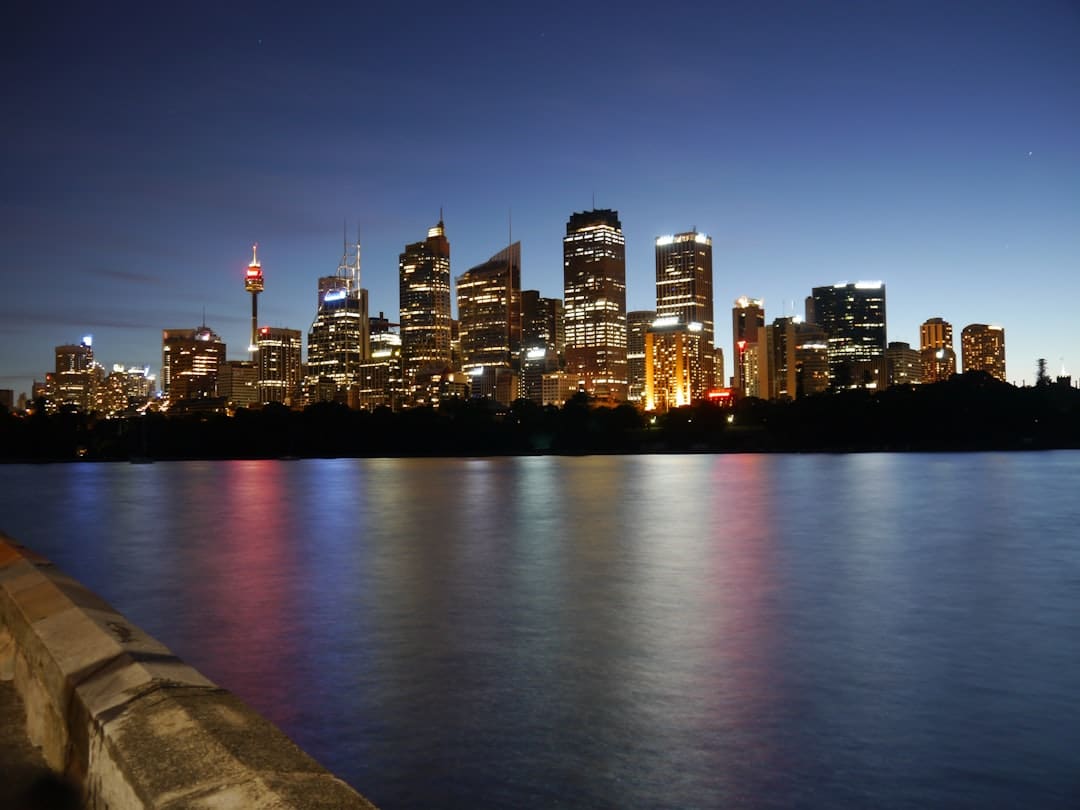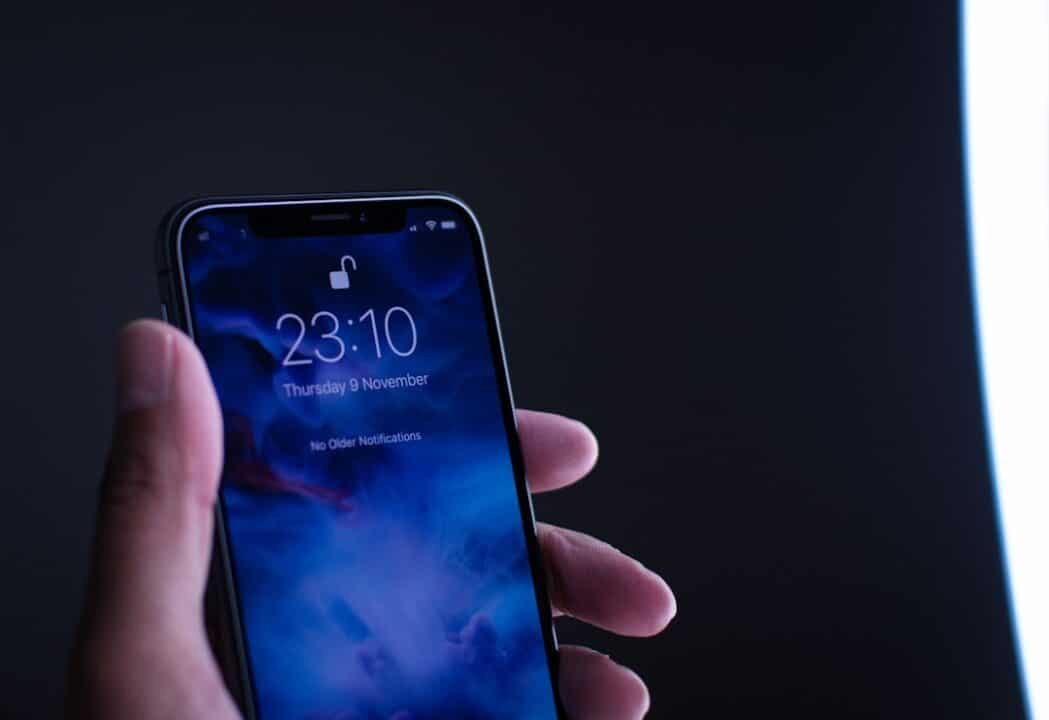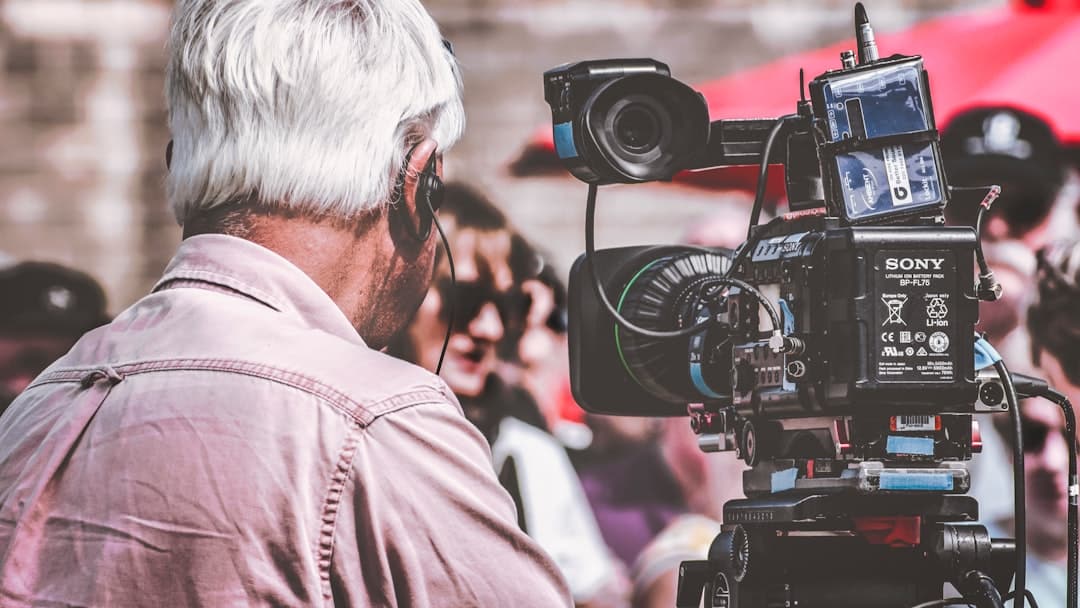|
IN BRIEF
|
Welcome to the fascinating world of cannabis, where the magic of CBD and of THC works with every puff! If you’re curious about how to take your cannabis to a whole new level, you’ve come to the right place. In this fun and informative guide, we’ll reveal the 20 best tips to transform the CBD in a powerful THC. Get ready to explore surprising techniques and maximize your experience, all while keeping a smile on your face!
The best tips for transforming CBD into THC
In this article, we will explore the 20 best tips to transform the CBD in THC. Although this conversion may seem like magic, there are several methods and tips that can help you maximize these effects. Get ready to discover essential techniques to optimize your experience with cannabis!
What is decarboxylation?
To begin, it is essential to understand the process of decarboxylation. This process involves activating the cannabinoids present in cannabis flowers using heat. It is through this that CBD potentially transforms into THC by optimizing heat conditions.
Use appropriate temperatures
To optimize conversion, it is crucial to choose the right temperature. The kinetic model suggests that heating to approximately 80°C is ideal for maximizing the effects and concentration of THC. Avoid excessive temperatures which could destroy cannabinoids instead of activating them!
Adjust heating time
Time is also a key factor. Indeed, a prolonged heating at low temperatures can increase the conversion of cannabinoid acids and promote THC production. Another technique is to use equipment such as under a vacuum to better control the decarboxylation conditions.
Combine with suitable oils
Use a less liquid vegetable oil, such ascoconut oil, may facilitate the activation of cannabinoids. This allows for better infusion of oils. CBD and offers an effective method for creating more potent cannabis preparations.
Homemade decarboxylation techniques
There are many craft techniques decarboxylation, such as in the oven, microwave or even using cannabis butter. Each of these methods has its own advantages and the choice will depend on your personal preferences.
Use boiling water
A less conventional approach is to use boiling water. Soaking your CBD flowers in hot water can help release the THC, but be careful with the duration to prevent your flowers from going bad.
Choosing the right strains
All cannabis strains are not created equal. Opt for strains that are not only rich in CBD, but also contain THC. This will naturally increase your chances of conversion and effect.
Balancing THC and CBD ratios
By mixing flowers of CBD with those of THC, you can get a perfect balance that makes conversion easier. This can be a simple way to maximize your desired effects.
Incorporate complementary products
Products like cannabis butter or essential oils can also help boost the effects. By integrating these elements into your preparations, you take one step closer to activating THC.
Adapt the extraction method
For those who want to go further, get startedCO2 extraction can give incredible results. This method allows precise control of the extracted cannabinoids and their activation.
Take into account the consumption context
The context of your consumption can strongly influence the effects you experience. Consuming in a relaxed environment, in good company, can increase the feeling of well-being, which will make your experience more pleasant.
Avoid overconsumption
Although we seek to transform CBD into THC, avoiding overconsumption is essential to appreciate the effects. Too much THC can sometimes be unpleasant. Listen to your body and adapt your doses.
Experiment with food combinations
Certain foods are known to increase the effect cannabis. For example, foods rich in fats like avocados can facilitate the absorption of THC and maximize its effect.
Use additional methods of stimulation
To reinforce the experience, do not hesitate to try techniques like meditation or yoga, which can improve your connection with the effects of cannabis.
Inform about cannabis varieties
As you explore, keep up to date with news cannabis strains that are emerging on the market. Cannabinoid research is constantly evolving and some strains may offer enhanced ratios of CBD to THC.
Document your experience
Finally, hold a consumption diary can be very useful. Document your methods, doses and feelings to better understand what works for you and refine your process.
Feel free to add your personal touch and explore these recommendations to discover the best ways to unlock the full potential of your THC-transformed CBD!

If you are curious to know more about how to transform the CBD in THC, this article is for you! We will explore various tips and methods that can enhance the effect of cannabis. Whether you’re new to or experienced, these tips will help you get more out of your cannabis flowers.
Understanding Decarboxylation
The first step to activating the potential of your flowers is decarboxylation. This process involves using heat to convert the cannabinoid acids found in cannabis. It’s like giving your flower a little help so that it releases the best of itself!
Use proper temperatures
It is essential to know that the kinetic model indicates that the decarboxylation is optimal at specific temperatures. For example, heating at 80°C for an extended time can maximize the concentration of CBD and promote the conversion into THC. Play around with temperatures and times to find what works best for your flowers.
Choosing the right oils
When planning to incorporate cannabis into your recipes, opt for vegetable oils less liquid. Coconut oil works wonders in this regard. It is perfect for capturing cannabinoids during decarboxylation.
Trying different decarboxylation methods
There are several methods to decarboxylate your flowers. Whether at oven, under vacuum, microwave, or even DIY techniques like cannabutter, explore several options to see which one works best for you.
Incorporate foods that boost the effect
Did you know that certain foods can increase the effects of cannabis? Consume fatty foods like avocados or nuts along with your cannabis to increase its absorption. They can truly make all the difference in your experience!
Evaluate cannabinoid levels
It is crucial to know the CBD rate and of THC in your flowers. By informing yourself in advance, you can better predict the effects. Distinguish the fake from the real and find the flower with the ideal concentrations to increase the effects.
Use of appropriate solvents
To effectively extract theCBD oil, the use of solvents such asisopropyl alcohol is an option. This not only preserves the cannabinoids, but also attempts to transform the CBD in THC by chemical processes after extraction.
Adjust brewing time
When infusing your cannabis into oils or edibles, time plays a vital role. The longer you let the cannabis infuse, the more powerful effects you will get thanks to better decarboxylation.
Avoid overheating
Making sure you don’t overheat your flowers is crucial. Excessive heat can destroy cannabinoids instead of activating them. So keep a close eye on your cooking to preserve the integrity of your botanical treasures.
Ultimately, experimentation is king
Everyone reacts differently to cannabis. This means that the best way to find what works for you is to test. Feel free to experiment with different methods, temperatures, and recipes to discover what best intensifies your experience.
To find out more about the decarboxylation CBD flowers, consult the information available on CBD Origin or explore other tips on Zamnesia.
Tips for boosting THC from CBD
| Tips | Description |
| 1. Decarboxylation | Use heat to activate the cannabinoids found in CBD. |
| 2. Controlled heating | Heat to 80°C to maximize THC potential. |
| 3. Mix with THC | Combine CBD with THC-enriched flowers for a synergistic effect. |
| 4. Infusion in oil | Infuse the CBD in an oil containing THC for better absorption. |
| 5. Spices and foods | Add foods like turmeric to enhance the effect. |
| 6. Vaporization | Use a vaporizer for better cannabinoid release. |
| 7. Gradual dosage | Gradually increase your dose of CBD to feel the THC effect tenfold. |
| 8. Consumption on an empty stomach | Taking CBD on an empty stomach will stimulate the effect of cannabinoids. |
| 9. Cooking method | Cook at low temperatures to activate the THC without degrading it. |
| 10. Associations with terpenes | Use specific terpenes to enhance the effects of THC. |

- 1. Low temperature decarboxylation: Inactivates acidic cannabinoids like CBD to transform them into THC.
- 2. Oil Infusion: Using coconut oil to extract THC from cannabis flowers.
- 3. Use an oven: Preheat the oven to 110°C to activate the cannabinoids.
- 4. Microwave with care: Use at very low power to avoid burning the flowers.
- 5. Vaporizer: Allows efficient decarboxylation without combustion.
- 6. Cannabis Tincture: Make a tincture that maximizes cannabinoid activation.
- 7. Water baths: A gentle method to avoid destroying cannabinoids.
- 8. McCannabis: Preparation of cannabis butter for an effective infusion.
- 9. Add fatty acids: Facilitates the absorption of THC during consumption.
- 10. Use of natural solvents: Extracts like ethanol to extract THC.
- 11. Lack of light: Store flowers in the dark to prevent decay.
- 12. Increase humidity: Controlled humidity can help preserve THC.
- 13. Fermentation: Can potentially change the chemical profile of cannabis.
- 14. Mix with THC strains: Opt for strains that contain more THC.
- 15. Use an extractor: Professional extraction to maximize yield.
- 16. Strains rich in CBD: Some strains may convert more easily to THC.
- 17. Rest time: Let the flowers rest after treatment to improve activation
- 18. Flavor Combinations: Add terpenes to enhance the effects.
- 19. Proper drying: Ensure good drying so as not to lose too many cannabinoids.
- 20. Assess pH: An appropriate pH level promotes cannabinoid conversion.

FAQ: Top 20 Tips for Turning CBD into THC
Q: What is decarboxylation? Decarboxylation is a process of activating cannabinoids found in cannabis using heat.
Q: How is THC activated? To activate THC, it is common to do so through decarboxylation, by heating the flowers or concentrates.
Q: Is it possible to smoke CBD to activate it? Yes, smoking CBD flowers is a quick, albeit less healthy, method to decarboxylate and activate THC.
Q: What temperature is ideal for activating CBD? For effective decarboxylation, a temperature of around 80°C is recommended to maximize CBD concentration.
Q: Which decarboxylation method is most recommended? Oven, sous vide, or even microwave methods are popular, but must be done with caution.
Q: Do oils need to be decarboxylated? Yes, if you want to extract CBD, it is advisable to decarboxylate the flowers before mixing them with oils like coconut oil.
Q: What cannabis flowers should I use? Always opt for flowers that contain high levels of CBD, as they will perform better when decarboxylated.
Q: How to extract THC from CBD? Using processes like CO2 extraction, it is possible to isolate and concentrate THC from products containing CBD.
Q: Is microwave consumption effective? Yes, microwave can be used for decarboxylation, but controlling the time and temperature is crucial.
Q: What foods can increase the effects of cannabis? Certain foods, such as chocolate or mangoes, can increase the effects of cannabis.
Q: Should precautions be taken during practices? Yes, it is recommended to always wear gloves and work in a safe, well-ventilated environment.
Q: Is it true that CBD can inhibit the effects of THC? Yes, indeed, CBD can modulate the psychoactive effects of THC in certain situations.
Q: When is the best time to use these tips? The tips can be applied at any time, but it is always best to use them before a planned consumption.
Q: Can I decarboxylate CBD with boiling water? No, using boiling water is generally not advised to decarboxylate, as the heat may not be sufficient.
Q: How important is time in decarboxylation? Heating time is critical, as too short a time may not activate the THC, while too long a time may degrade the cannabinoids.
Q: Are there any risks in converting CBD into THC? Yes, cannabinoid processing must be done with caution and within legal limits.
Q: Can you mix CBD and THC in cooking? Yes, cooking with cannabis can be a great way to include cannabinoids, but be sure to decarboxylate the mixture properly.
Q: Who can use these tips? Anyone interested in cannabis can use these methods, as long as they follow local regulations.
Q: Why is it important to know these tips? Understanding these techniques can enrich the experience and enable better use of the properties of cannabis.





